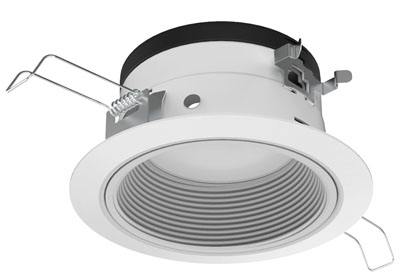Insensitive Language Undermines Lighting Review
The author, Jeffrey Dross, criticizes The New York Times’ Wirecutter feature for using a rude, possibly sexist term in their lighting review headline. He finds the term inappropriate and unprofessional, especially in an industry where respect for the audience, many of whom are female professionals, is crucial. While the product itself is outdated, the insensitive language overshadowed the review, leading to a missed opportunity for thoughtful discourse on lighting solutions.
An Insensitive New York Times Talks Lighting
By Jeffrey Dross
The Wirecutter feature of the New York Times was added a little while ago to provide product assessments across a wide variety of categories. A quick look at the internet and it is easy to see that “Top 10” and “Best of…” lists abound. It seems natural that The Times would jump into the fray. Honestly, I haven’t found this feature as good as the news coverage. The few analyses I read have been a mixed bag. I have found a few brands of gin that have improved the occasional Martini and Negroni I drink, but the other “bests” they promoted have been ok, at best. In general I ignore the section while I’m reading the news online.
When the NYT email arrived announcing their next Wirecutter finding, I was a bit taken aback with their use of a rude, perhaps sexist trope. “We Tested Tulip’s Renter-Friendly Boob-Light Cover in 3 of Our Own Homes” https://www.nytimes.com/wirecutter/reviews/tulip-shade-review/?searchResultPosition=1 Because it concerned lighting, I did reread the title to be certain I understood their intent. After I realized they were talking about flush pan luminaires, I shook my head and deleted the email.
A few days later, a friend forwarded his email to me, knowing I spent a career in lighting. He indicated that he always disliked this crude colloquialism. I jotted a note back telling him, while I have of course heard of the reference, it was rarely used by most of the people I know in the industry. Flush ceiling light, ceiling pans, ceiling mushroom and just plain “ceiling” are much more common.
Interior aesthetics is overwhelmingly populated by female professionals. As a guy talking about design, trends, color, tone, shape and the nuances of space, I have always tried to be respectful of the audience. Even if every design pro was a man, I don’t think I’d use this definer. It just seemed too much like salacious jargon for me. I wouldn’t want anyone to be uncomfortable with something I’ve said. I am very surprised its use got past the NY Times editorial staff.
Both my friend and I stumbled over a poorly employed phrase, but we ignored the reviewed product. I thought that was interesting. These types of ceiling flush units are quickly becoming dated. I remember their mass introduction over 25 years ago. Much nicer options are now available. However, if you have limited funds, or if you are a renter (as the article concentrates) can anything be done? A magnetic rimmed-fabric shade could be a solution, but I didn’t think much of the look they created. Kind of a sloppy Noguchi paper lantern pendant stuck on the ceiling. Interesting concept, but poor implementation. Did the headline writer make a mistake by alienating a population sector with a poorly chosen word?
The headline writer should have been more sensitive to their audience. I’d like to believe that most people in the industry he discussed already are.
Published with the permission of the author: Source








